Standard Bolt Size
ISO Standard Bolt Size
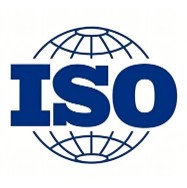
ASME Standard Bolt Size
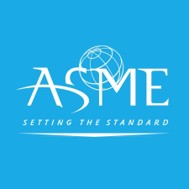
DIN Standard Bolt Size

BS Standard Bolt Size

JIS Standard Bolt Size
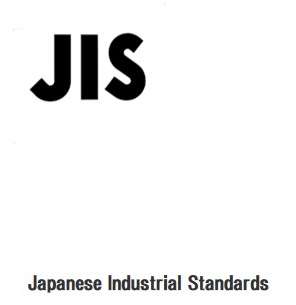
Standard Hex Head Bolt Size
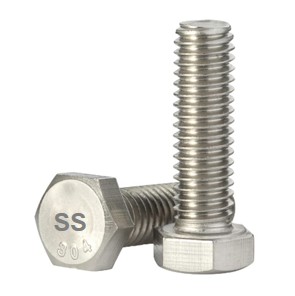
Standard Socket Head Cap Screw Size
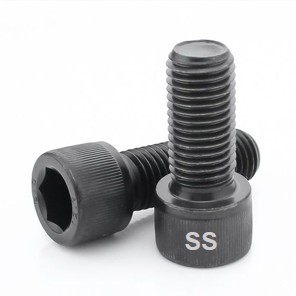
About Standard Bolt Size
Unlike window sizes, which are often regional conventions, bolt threads have well-defined, formal international standards. However, two major systems coexist: the Metric system and the Imperial (Inch-based) system.
Here’s a detailed breakdown of the international and national standards for bolt sizes.
1. The Two Major Thread Systems.
Designation: Denoted by an "M" followed by the nominal diameter in millimetres (e.g., M8, M12).
Pitch: The distance between threads is also in mm and is specified after the diameter (e.g., M8 x 1.0 or M8 x 1.25). A standard coarse pitch is assumed if not specified (e.g., M8 is assumed to be M8 x 1.25).
Standards: Governed by the ISO 68 and ISO 261 series of standards, which define the profile, diameters, and pitches.
ISO 965 defines the tolerance classes for allowances and tolerances (e.g., 6g for a general-purpose external thread, 6H for internal).
B: Imperial (Inch-Based) Thread System (Unified Thread Standard - UTS). This is the primary system used in the United States, Canada, and the United Kingdom (though the UK is increasingly metric).
Designation: Denoted by the Nominal Diameter (a number for small sizes, inches for larger ones) and Threads Per Inch (TPI). Examples: ¼"-20 (1/4 inch diameter, 20 threads per inch), #10-24 (a size #10 machine screw, 24 TPI).
Types: There are two main types within UTS. UNC (Unified National Coarse): General purpose, most common; UNF (Unified National Fine): Used where greater resistance to vibration or finer adjustment is needed.
Standard: Defined by the ASME B1.1 standard in the United States.
2. Key International Standards (ISO).
ISO 4014 / 4017: These are perhaps the most critical standards. They define the dimensions for hexagon head bolts.
ISO 4014: Hexagon head bolts with a shank (Product grade A & B).
ISO 4017: Hexagon head screws with a full thread (Product grade A & B).
ISO 4762: Defines hexagon socket head cap screws (Allen bolts).
ISO 898-1: This is a crucial mechanical property standard. It defines the property classes (e.g., 4.8, 8.8, 10.9, 12.9) for metric bolts. The number before the decimal indicates 1/100 of the minimum tensile strength (in MPa), and the number after the decimal indicates the yield ratio.
ISO 3506: Defines property classes for stainless steel bolts (e.g., A2-70, A4-80). The number indicates 1/10 of the tensile strength in MPa.
3. Key National Standards.
A: United States (ASME/ANSI/SAE).
ASME B1.1: Unified Inch Screw Threads (UN, UNR, UNJ).
ASME B18.2.1: Standard for hex bolts, carriage bolts, and other inch-series fasteners.
SAE J429: Defines the grade system for imperial bolts' mechanical properties. Grades are marked on the bolt head with radial lines.
B: Germany (DIN). German DIN standards were the foundation for many ISO standards. Many are still referenced.
DIN 931: Hexagon head bolt with part thread (equivalent to ISO 4014).
DIN 933: Hexagon head screw with full thread (equivalent to ISO 4017).
DIN 912: Hexagon socket head cap screw (equivalent to ISO 4762).
C: United Kingdom (BS). UK standards have largely transitioned to aligning with ISO.
BS 3692: Specification for ISO metric precision hexagon bolts, screws, and nuts.
BS 4190: Specification for ISO metric black hexagon bolts, screws, and nuts.